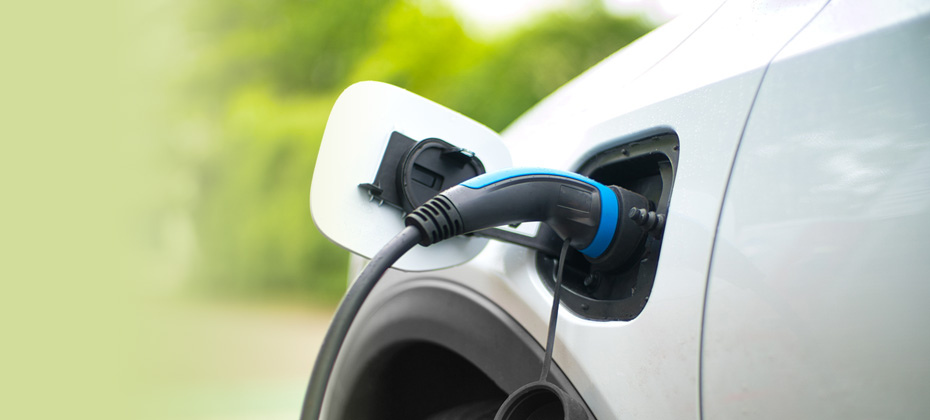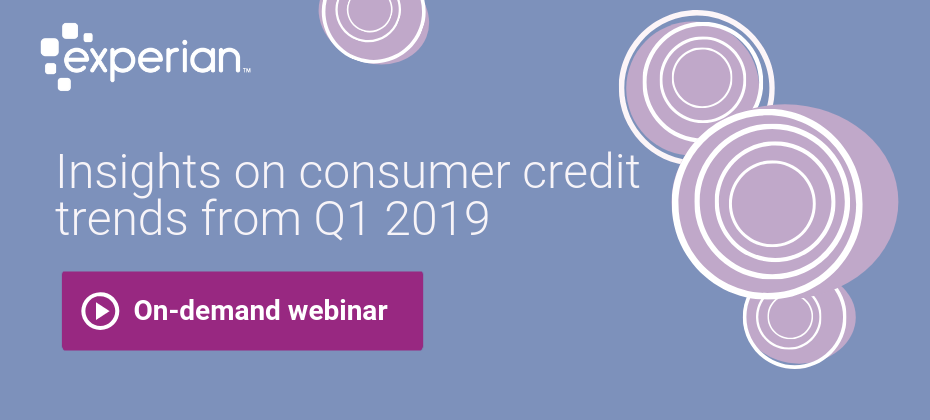Tag: auto loans

Leasing has long been a popular choice among consumers who want to enjoy the latest vehicle models, but at a lower monthly payment. In fact, the average monthly lease payment was $127 less than a loan payment in Q2 2022. However, in recent quarters, we’ve seen leasing availability decline due to current market conditions. According to Experian’s State of the Automotive Finance Market Report: Q2 2022, leasing declined from 27.82% to 19.65% year-over-year, marking the lowest drop in quite some time. When analyzing previous data, leasing comprised 30.41% of all new vehicles in Q2 2018, decreasing to 30.04% in Q2 2019 and 26.58% in Q2 2020. There are likely a number of factors contributing to the decline of leasing over recent years, including the ongoing inventory shortages and OEMs not offering as many incentives, which may result in leasing opportunities becoming less common. Other scenarios can be consumers choosing to extend their lease, or purchase the vehicle once their lease has expired. In Q2 2022, the average monthly lease payment increased to $540, from $475 in Q2 2021. Though, the average monthly loan payment for a new vehicle surpassed $600 this quarter—coming in at $667, an $85 year-over-year increase. As automotive professionals continue to navigate through the inventory shortages and subsequent vehicle price increases, understanding the landscape and what options are available for consumers will be critical. One way to keep on top of the trends is analyzing the pricing options for the most popular leased models, which will enable more informed decisions in the months to come. Average monthly payment for top leased models As previously mentioned, there was an average payment difference of $127 between a lease and a loan in Q2 2022. However, that’s just an average, and these numbers can vary based on the vehicle type. For example, the average monthly lease payment for a Honda Civic was $363 in Q2 2022, as opposed to the average monthly loan payment of $476. In comparison, the average monthly lease payment for a Ford F-150 came in at $516 this quarter, compared to the average monthly loan payment of $832. While a pickup truck may typically have a higher average monthly lease payment than a sedan, consumers are continuing to choose larger vehicles, overall. In Q2 2022, there was only one sedan that made up the top leased vehicles—with the Ford F-150 having the highest leasing registration volume, comprising 2.3% this quarter. Rounding out the top five were Chevrolet Equinox (2.27%), Honda CR-V (2.16%), Honda Civic (2.09%), and Ram 1500 (1.81%). Despite the overall decline in leasing over the past year, it continues to be a financing option that consumers can consider amid vehicle prices increasing. Knowing what vehicles are most prevalent as well as their price points will allow professionals to create strategies that cater to the most current consumer financing preferences during their search for a vehicle that fits their needs. To learn more about leasing and other automotive finance trends, watch the entire State of the Automotive Finance Market: Q2 2022 presentation on demand.

Consumers are shifting to used vehicles over new, with a higher percentage of consumers financing used. The move comes as the industry continues to grapple with inventory shortages, driving vehicle values higher.

According to Experian's State of the Automotive Finance Market Report: Q1 2022, SUVs and CUVs made up 60.38% of total vehicle financing, an increase from 58.95% in Q1 2021.

According to Experian’s State of the Automotive Finance Market Report: Q1 2022, credit unions had their highest total share in five years

The State of the Automotive Finance Market: Q4 2021 report broke down alternative fuel financing trends—specifically how electric vehicle (EV) financing doubled year-over-year.

According to Experian’s State of Automotive Finance Market: Q3 2021 report, leasing comprised 24.03% of new vehicle financing in Q3 2021.

In Q3 2021, the average new vehicle loan amount increased 8.5% year-over-year, while the average used vehicle loan jumped more than 20% year-over year.

Last year is a testament to how quickly trends can shift, and entire industries can be turned upside down.

Small SUVs became the most financed vehicle segment in Q3 2020, making up 26.01% of all financed vehicles during the quarter.

According to Experian’s Q3 2020 State of the Automotive Finance Market report, 26.20% of all new vehicles are leased compared to 30.27% last year.

While things aren't quite back to normal in Q3 2020, there were a number of positive trends that demonstrates the automotive industry's resilience.

The early assessment for the automotive industry is that despite significant challenges at the onset of the pandemic, the industry continues to rebound.

In Q1 2020, 30-day delinquencies decreased from 1.98 percent in Q1 2019 to 1.93 percent, while 60-day delinquencies dropped from 0.68 percent to 0.67.

Consumer credit trends are continuously changing, making it imperative to keep up with the latest developments in originations, delinquencies on mortgages, credit cards and auto loans. By monitoring consumer behavior and market trends over time, you can predict and prepare for potential issues within each market. In this 30-minute webinar, our featured speakers, Gavin Harding, Experian Senior Business Consultant, and Alan Ikemura, Experian Data Analytics Senior Product Manager, reveal Q1 2019 market intelligence data and explore recent advances in consumer credit trends. Watch our on-demand webinar

Consumer credit trends and markets are constantly evolving, particularly when it comes to originations and delinquencies on mortgages, credit cards and auto loans. According to Experian research, over 2.7 million out of 89 million active automotive loans and leases are either 30 or 60 days delinquent. Triggers that signal a greater likelihood of consumers falling delinquent on loans, mortgages and credit card payments, include high-interest rates, a high utilization rate and recent derogatory trades. By tracking and forecasting consumer trends over time, you can more easily predict consumer behavior and better prepare for potential issues within each market. Join Gavin Harding, Experian Senior Business Consultant, and Alan Ikemura, Experian Data Analytics Senior Product Manager, during our live Quarterly Credit Trends webinar on May 30 at 2:00 p.m. ET. Our expert speakers will provide a view of the real estate market and share insights on the latest consumer credit trends. Highlights include: 2019 economic drivers Q1 2019 origination and delinquency trends Mortgage Home equity Bankcard Auto Register now